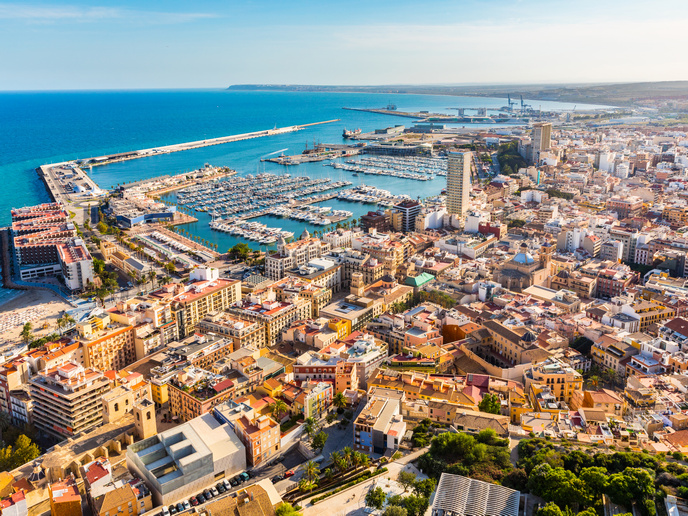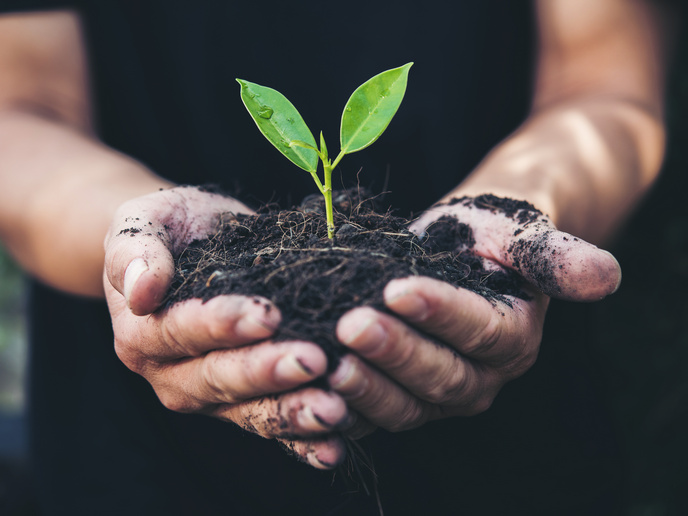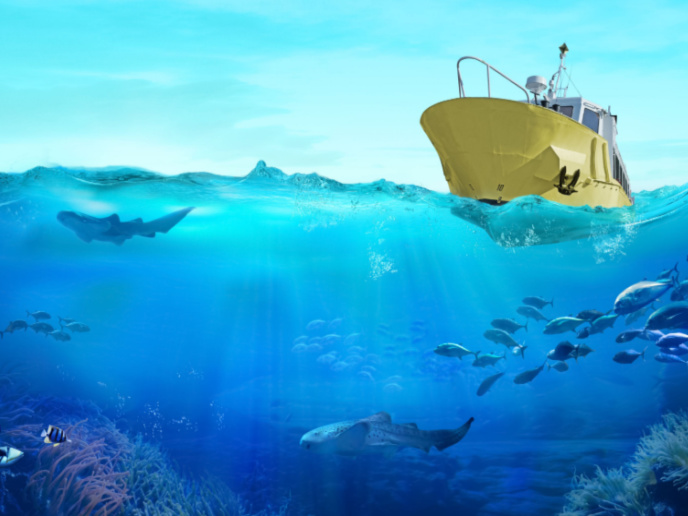Smart approaches to sustainable water management
Climate change – as well as economic and population growth – are putting pressure on our water resources. Across many regions of Europe, this is creating resource scarcity and increased demand. Smarter use of this precious resource is therefore critical. The EU-funded B-WaterSmart project was launched to identify, develop and trial new ‘water smart’ approaches, targeted specifically at coastal areas around Europe. Over 40 % of Europe’s population lives along or near the coast. “The crucial point here is that achieving a ‘water smart’ society is not simply a question of developing new technologies and digital tools,” notes project coordinator Kristina Wencki from the IWW Water Research Institute (website in German) in Germany. “You need to involve and engage people. This is what B-WaterSmart set out to do.”
Developing sustainable water solutions
The project focused on addressing water supply and water disposal issues in six coastal cities and regions in Spain, Belgium, Germany, Italy, Norway and Portugal. In each of these Living Labs, project teams sought to identify the key challenges, and then develop and implement sustainable solutions. “These communities of practice organised in each Living Lab brought local communities and water companies together with technology solution providers, as well as ministries, NGOs and the general public, to discuss specific water issues,” explains Wencki. In Flanders, Belgium for example, improvements to existing water treatment and water storage for irrigation purposes were made to address high demand for drinking water, as well as increasing demand from the agricultural sector. In Venice, Italy, new approaches and technologies for wastewater treatment were advanced to enable water reuse, achieve greater efficiencies and valorise resources. “East Frisia in Germany experiences temporary water shortages, especially of groundwater,” says Wencki. “We looked at alternative water sources, and one of the solutions we trialled was vapour concentration treatment, to increase the reuse of treated water in water-intensive sectors like dairy. We then gave an overview of these sorts of solutions, so that technologies can be more easily implemented in the future.”
Water smartness across coastal regions
Out of this work, the project team developed a water-smartness assessment framework. This is designed to help water authorities and policymakers assess water smartness at different scales, taking account of technical, economic, societal and environmental issues. The frame was also transformed into a user-friendly online application. “We developed and tested a total of 19 digital technologies and 15 combined technological solutions across the six Living Labs,” adds Wencki. These technologies can be grouped in three main categories: reuse of water and wastewater; recovery of energy and materials from water and wastewater; and smart management of water systems and infrastructure. Long-term strategic agendas have since been developed for each of the six regions. These were achieved through stakeholder discussions to identify future goals, and to agree on how these could best be reached.
From sludge management to water reuse strategies
The project team has also made available training materials, designed to ensure that the lessons and successes of B-WaterSmart can be shared with as many communities as possible. Training covers a range of issues, from sludge management and water reuse strategies to demand forecasting and decision support. “Our tools are also available on the Water Europe Marketplace,” says Wencki. “This is a platform where different European projects can provide their circular economy solutions, network and perhaps find interested parties who can take their ideas up.”
Keywords
B-WaterSmart, sustainable, water, technological, coastal, wastewater







